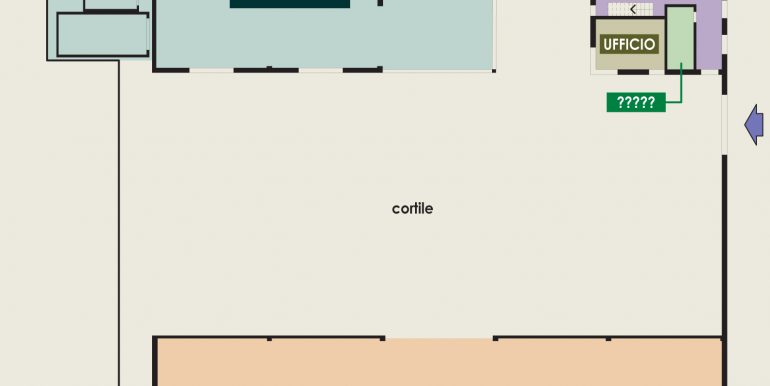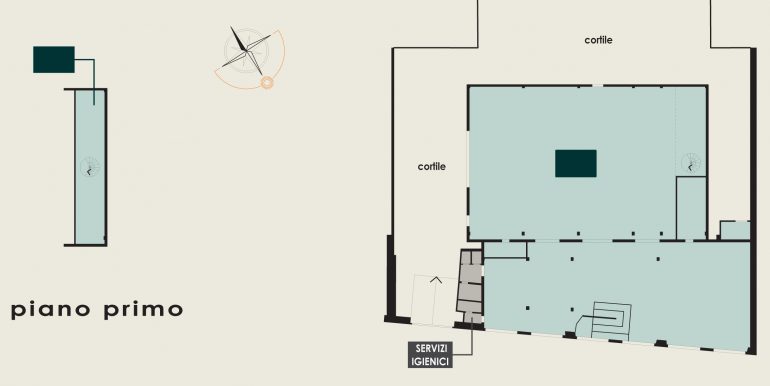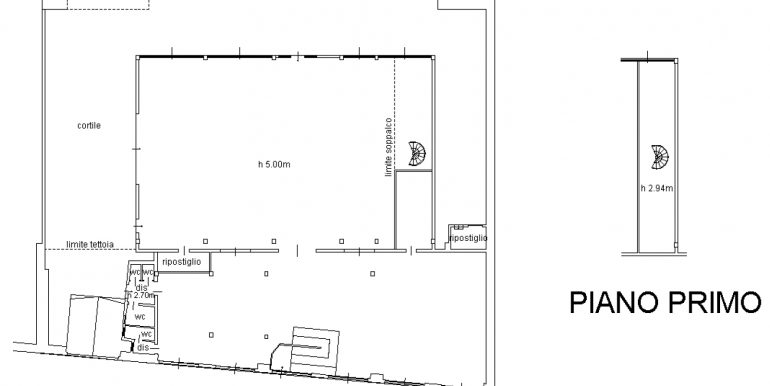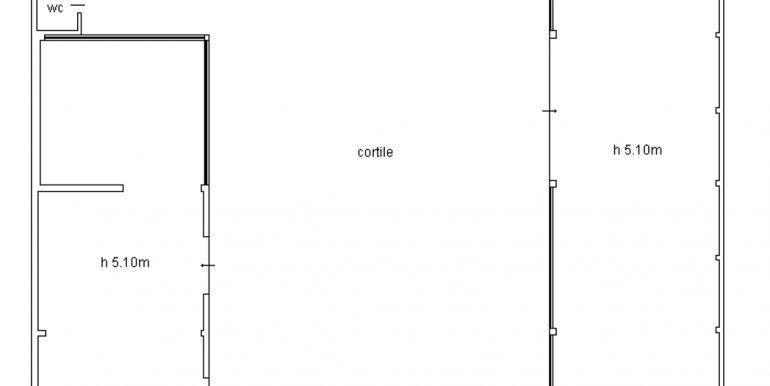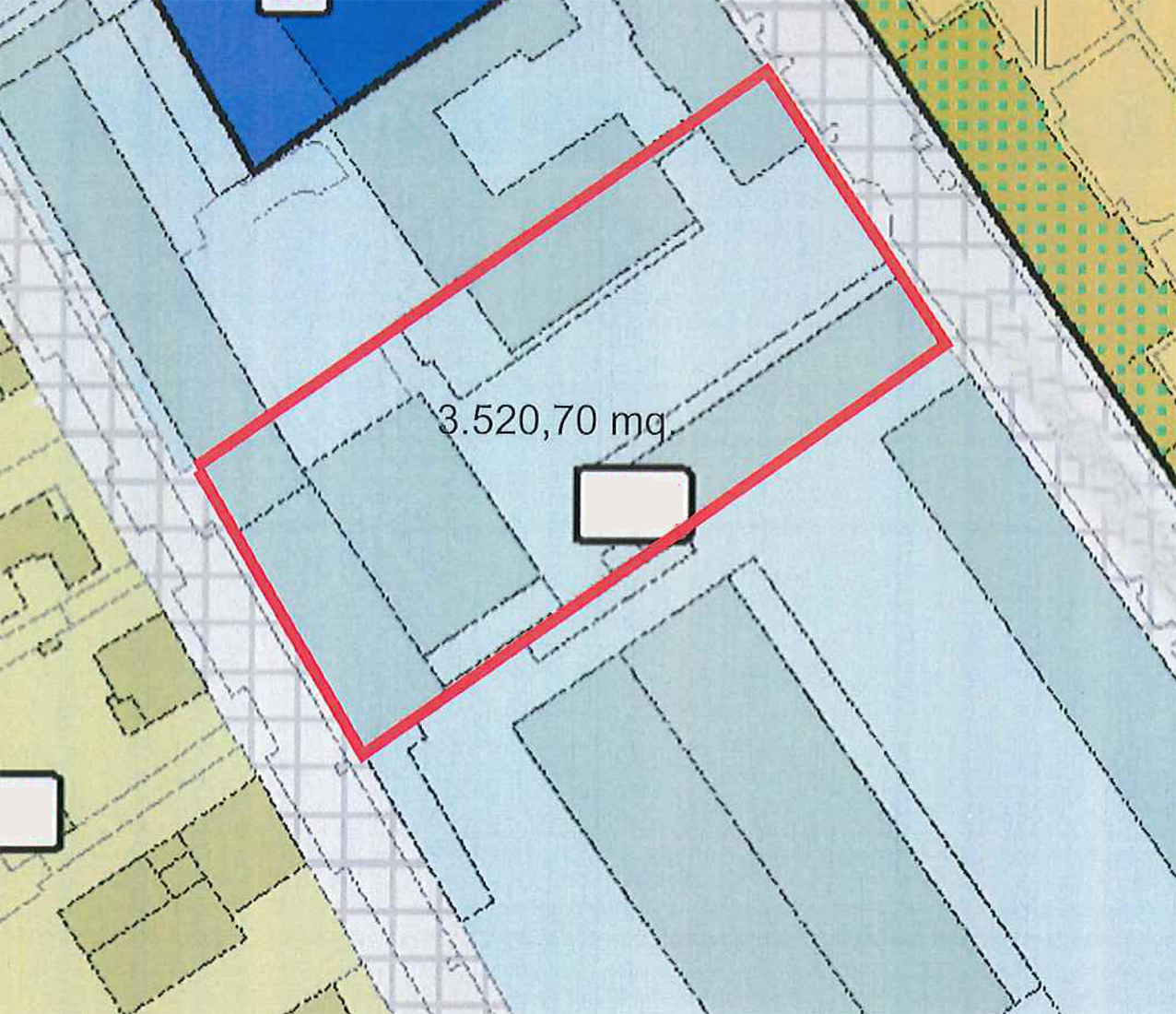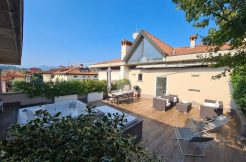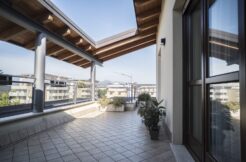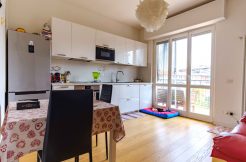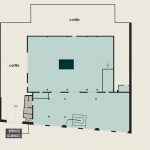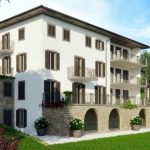Property ID : 10402
Sale 1.800.000€ - Commercial
Bergamo area Malpensata interesting commercial property
Ref. 10402 – Bergamo Commercial/industrial property of about 1,500 sq m covered + 1,500 sq m courtyard intended for parking, partially covered.
The request is 1,800,000 euros.
Information on Bergamo
Bergamo is an Italian municipality of 120,345 inhabitants, the capital of the province of the same name in Lombardy and the fourth most populous center in the region after Milan, Brescia and Monza.
The city and its hinterland have 485,892 inhabitants, spread over an area of 341.33 km².
The town of Bergamo is divided into two distinct parts: the “Upper City”, surrounded by walls and located at a higher altitude, and the “Lower City”, which – although it is also of ancient origin and retains its historic nuclei – has been partly made more modern by some urbanization interventions.
Bergamo is also nicknamed “the city of the Thousand” due to the large number of volunteers from Bergamo – around 180 – who took part in the expedition of the Thousand led by Giuseppe Garibaldi, a crucial episode of the Risorgimento.
The Venetian walls of Bergamo were declared a World Heritage Site on 10 July 2017, during the 41st session of the UNESCO Committee in Krakow, Poland.
Bergamo Alta (detta anche Città Alta o, in passato, la città, in contrapposizione ai borghi) è una città medioevale, circondata da bastioni eretti nel XVI secolo, durante la dominazione veneziana, che si aggiungevano alle preesistenti fortificazioni al fine di renderla una fortezza inespugnabile.
Bergamo is still one of the few Italian capital cities, together with Ferrara, Lucca, Verona, Padua, Treviso and Grosseto, whose historic center has remained completely surrounded by walls which, in turn, have kept their original appearance almost intact over the of the centuries.
The best known and busiest part of Bergamo Alta is Piazza Vecchia, with the Contarini fountain, il Palace of Reason, la Civic tower (called the Campanone), which still today at 10pm fires 100 shots – those which in the past announced the nightly closing of the doors of the Venetian walls – and other buildings that surround it on all sides. Imposing, on the opposite side of the Palazzo della Ragione, is the large white building of the Palazzo Nuovo which houses the Angelo Mai Civic Library.
Beyond the Palazzo della Ragione are the Cathedral of Sant’Alessandro, la Colleoni Chapel by the architect Giovanni Antonio Amadeo with the funerary monuments to the leader Bartolomeo Colleoni and his daughter Medea, the Baptistery built by Giovanni da Campione and the basilica of Santa Maria Maggiore with its beautiful north and south side portals, also by Giovanni da Campione. This last city church, formerly an ancient baptismal church, now no longer part of the Diocese, inside bears the architectural signs of the various periods that have followed since its construction. Worthy of note are the inlays depicting biblical scenes made of wood of various colors, the designs of which are almost all the work of Lorenzo Lotto, and an imposing baroque confessional sculpted by Andrea Fantoni. The church houses the tomb of the musician Gaetano Donizetti.
Via Colleoni, also known as Corsaröla, connects Piazza Vecchia to Piazza della Cittadella and is the heart of the upper city.
In Piazza della Cittadella there are the Civic Archaeological Museum and the “Enrico Caffi” Museum of Natural Sciences, not far from which you can visit the Lantro Fountain, located near the church of San Lorenzo. Among other religious architecture, the church of San Michele al Pozzo Bianco, which preserves the frescoes with Scenes from the Life of Mary by Lorenzo Lotto (1525).
Città Alta, in addition to hosting a botanical garden located in via Colle Aperto, is also home to the Faculty of Foreign Languages and Literatures whose prestige is recognized in Europe.
The Upper Town can be reached on foot via the Scorlazzini (stairways that connect it from several points to the lower part of the city), by car (even if it is prohibited during summer weekends and all year round on Sunday afternoons), with the funicular or by bus.

